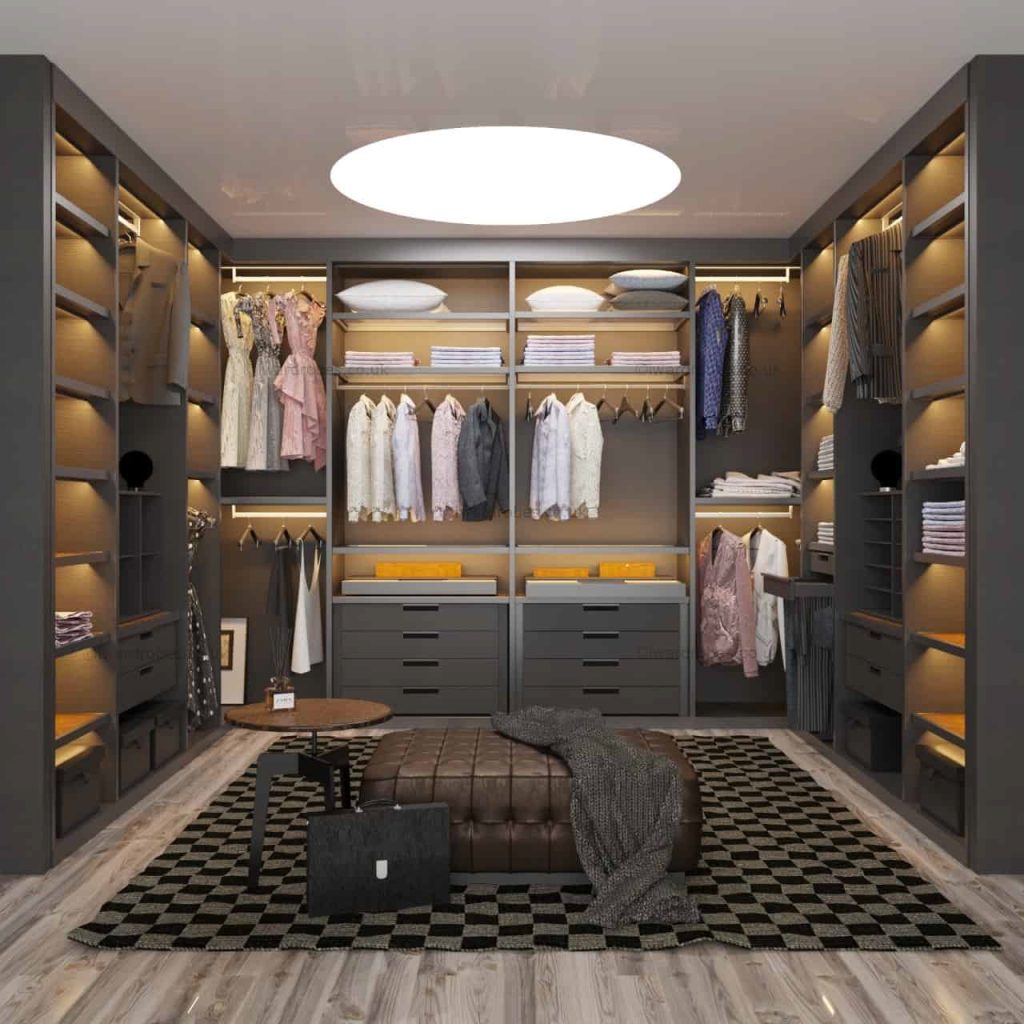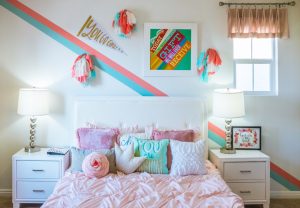Introduction
Scandinavian home design has become popular globally in recent years. The simplistic and minimalist designs are a refreshing contrast to the cluttered and maximalist interiors of the past. A Nordic style interior is all about functionality in design, clean lines, and the use of natural materials. From furniture to lighting, everything has a purpose, and there is no room for superfluous items. Let’s delve into the world of Scandinavian home design and discover its beauty.
The History of Scandinavian Home Design
Scandinavian home design is rooted in the early 20th century. During this time, architects and designers primarily aimed to create affordable housing with the use of functional and practical materials. The principles of simplicity, functionality, and affordability were deeply ingrained in the design approach of the era. Designers like Alvar Aalto, Kaare Klint, and Arne Jacobsen made significant contributions to the development of Scandinavian design.
The Characteristics of Scandinavian Home Design
Scandinavian home design is characterized by minimalism, functionality, and simplicity. Homes are adorned with neutral colors and natural materials such as wood, stone, and leather. Furniture designs are elegant and simple, with clean lines and no unnecessary embellishments. Windows are designed to maximize natural light, and there is often an emphasis on indoor-outdoor living.
Color Palette
The Nordic style interior typically features a monochromatic color palette. White is the primary color used on walls and ceilings, while black or gray is used for accents. Natural wood elements, such as floors or furniture, provide a warm and natural contrast with the neutral tones.
Materials
Materials used in Scandinavian home design include natural wood, marble, leather, and wool. These materials are carefully chosen for their quality, durability, and natural aesthetic. Texture plays a significant role in Nordic design, with natural materials adding warmth and depth to the space.
Furniture
Scandinavian furniture designs are simple, elegant, and functional. Clean lines and minimalism are the primary principles guiding furniture design. Neutral colors in upholstery fabrics, such as gray or beige, are commonly used. Natural materials like wood or leather are often featured in furniture designs.
Lighting
Lighting is an essential element of Scandinavian home design. Natural light is the primary source of lighting during the day, with large windows in every room. Woven shades or linen curtains are used to soften the harshness of the sunlight. Artificial lighting is often used to create a cozy and warm ambiance in the evening. Pendant lights, floor lamps, and table lamps are popular choices for lighting fixtures.
How to Achieve a Scandinavian Home Design
Achieving a Scandinavian home design is relatively easy. The first step is to declutter and get rid of unnecessary items in the home. Clear surfaces create a sense of openness and space, which is essential in Nordic style interiors.
Color Scheme
The color scheme for a Scandinavian home design should be neutral, with white as the primary color. Accents of black or gray can be used to create contrast. Natural wood elements are used in flooring, furniture, and other decor pieces.
Materials
Natural materials like wood, stone, and leather are the foundation for Scandinavian home design. Furniture should be simple and functional, with no overly ornate designs. Textured fabrics like wool, linen, or cotton are used for upholstery and window treatments.
Lighting
Maximizing natural light is key to achieving a Nordic style interior. Large windows and light-colored walls ensure that natural light floods into the home. Artificial lighting, such as pendant lights or floor lamps, can be used to create a warm and inviting atmosphere in the evening.





More Posts
Enhance Your Space with Wall Lighting
Light up your space with stylish pendant lamps
Revamp Your Space with a Living Room Wall Light